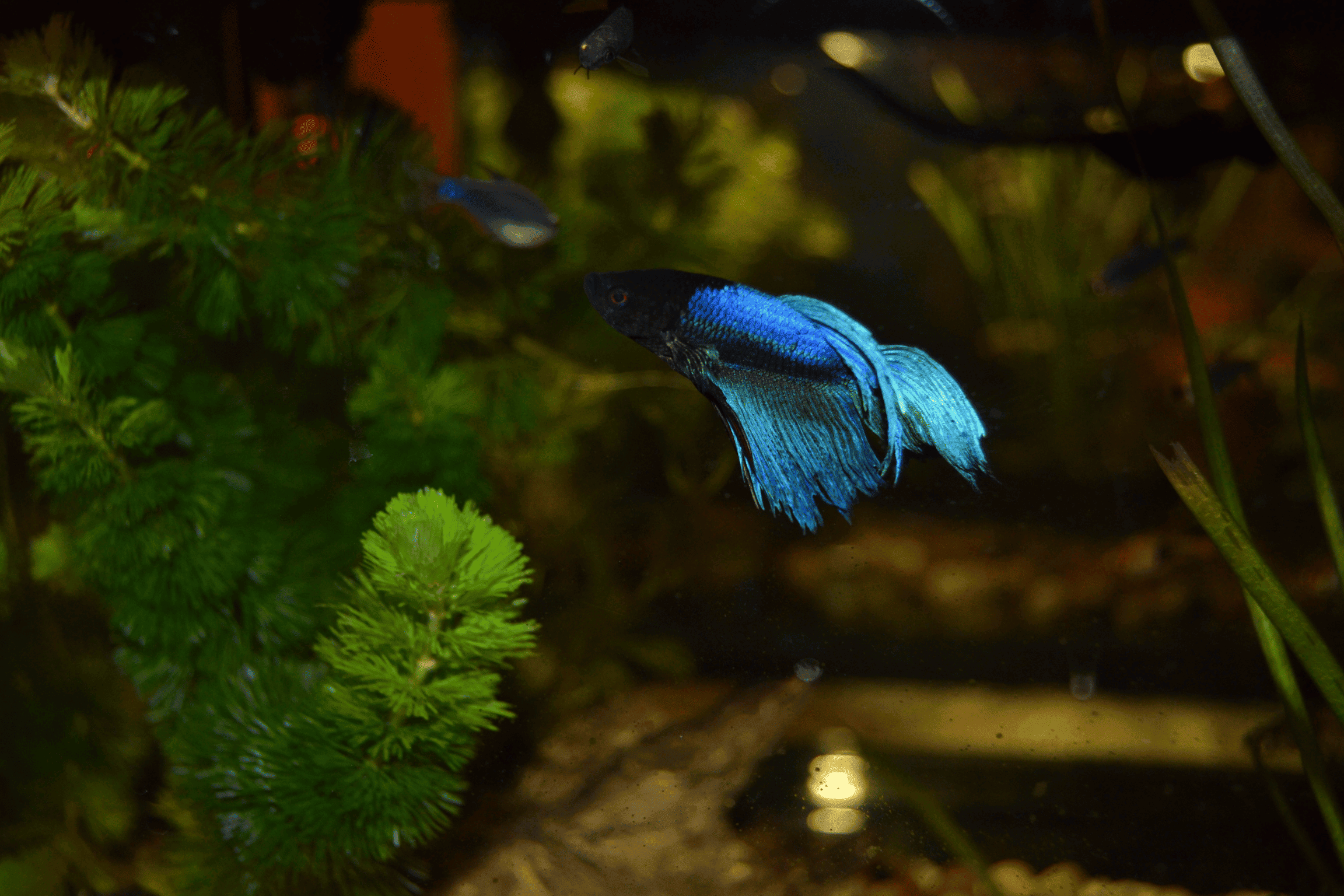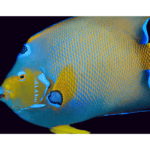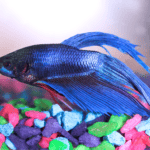In the expansive world of aquatics, there exists a multicolored spectacle that never fails to captivate both the novice and expert enthusiast alike. It’s like peering into a vibrant artist’s palette that breathes life – the captivating world of Betta fish types. Their dazzling hues and dramatic fin displays are riveting tales of nature’s mastery in design, warranting our closer exploration.
Introduction to Betta Fish
Betta fish, also referred to as Siamese fighting fish, are unique species cherished for their extraordinary palette of colors and intricate fin designs. Their resemblance to waterborne gladiators in the midst of dynamic dance moves is a fascinating sight that outclasses many other aquatic beings.
Betta fish are typically small, growing up to 2.5 inches in length. Their lifespan ranges from 2-5 years, although in exceptional cases, they may live longer. These fish thrive in warm water, with temperatures between 78-80°F (25-27°C) considered ideal.
The Spectacular Varieties of Betta Fish
Tail Types
Betta fish offer a visually rich assortment of tail types, each embodying a distinct expression of natural creativity.
- Veil Tail (VT): A standard in pet stores, their long, flowing tails gracefully drop down like a bridal veil.
- Crown Tail (CT): Characterized by their spiky tail and fin edges, they resemble regal crowns.
- Halfmoon (HM): These Bettas flaunt a stunning 180° spread of their tail, forming a perfect half-moon.
- Double Tail (DT): As the name suggests, these Bettas exhibit two distinct tails instead of one.
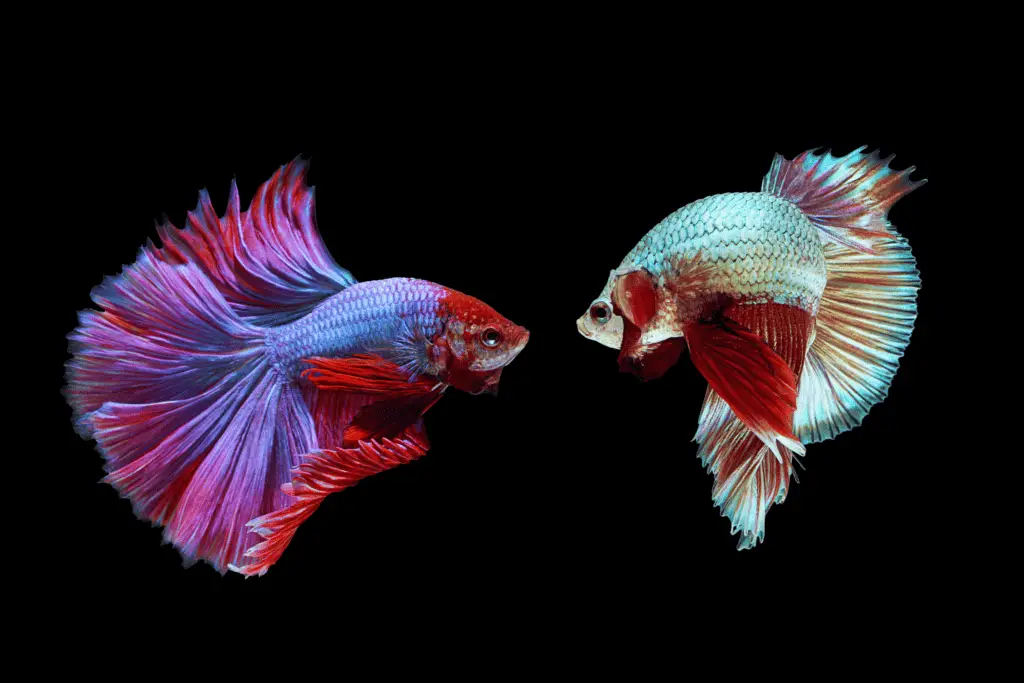
Color Types
While the intricacies of their tail structures enchant many, the broad spectrum of Betta fish colors further amplifies their allure.
- Solid Color: These Bettas exhibit a single, unbroken color throughout their body and fins.
- Multicolor: A medley of three or more colors not conforming to any recognizable pattern.
- Bicolor: Bettas with two distinct colors, one for the body and another for the fins.
- Marble: These Bettas feature an irregular pattern of colors that often change over time.
Caring for Different Betta Fish Types
Regardless of their type, all Bettas require similar care. The table below summarizes the key aspects.
| Care Aspect | Description |
|---|---|
| Tank Size | A minimum of 5 gallons is recommended. |
| Water Conditions | The ideal temperature is 78-80°F. The pH should be between 6.5-7.5. |
| Diet | High-protein Betta-specific pellets or flakes, supplemented by occasional live or frozen food. |
| Tank Mates | Bettas can be aggressive. Suitable mates include peaceful bottom-dwellers like Corydoras or snails. |
Breeding Different Betta Fish Types
Breeding Betta fish is a process steeped in care, diligence, and attention to detail. The male Betta typically builds a bubble nest before breeding. Once the female lays her eggs, the male protects and takes care of them until they hatch. However, it’s crucial to separate the parents after breeding due to the male Betta’s aggressive protective nature.
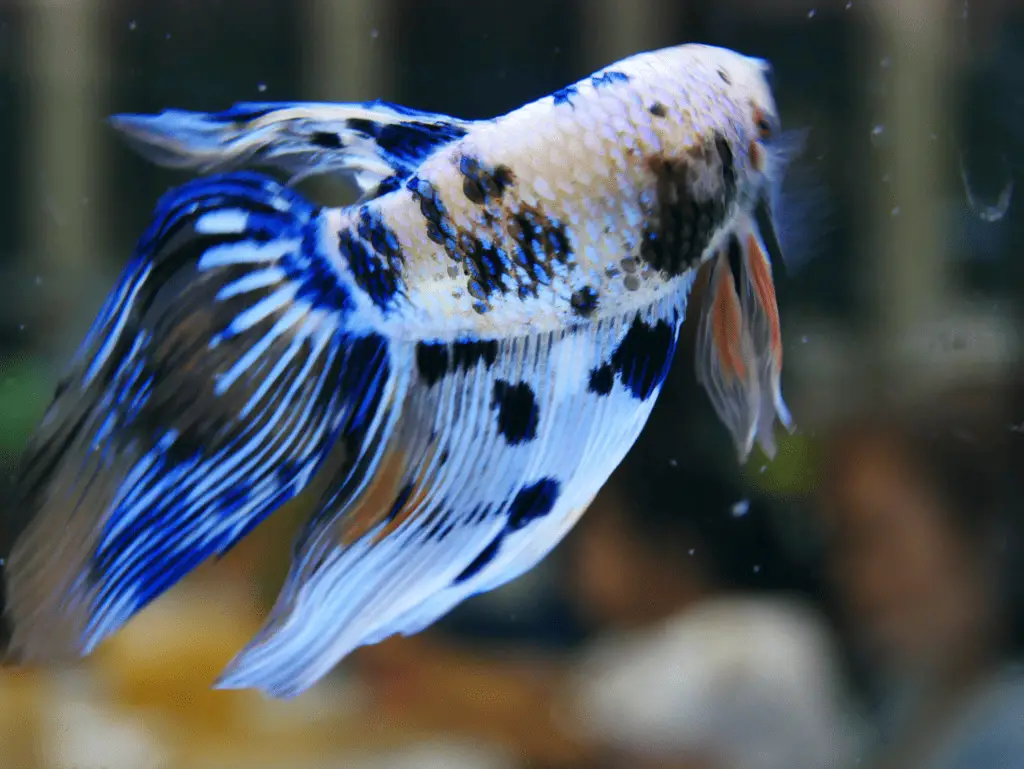
Lifespan of Various Betta Fish Types
Generally, the lifespan of a Betta fish is around 3 to 5 years. However, with excellent care, they can live up to 7 years. Remember, lifespan varies and may not strictly correlate with the type of Betta. Instead, a fish’s longevity heavily depends on the quality of care, including the tank environment, diet, and preventative health measures.
Illnesses and Their Prevention
Betta fish, regardless of type, are prone to specific illnesses, such as fin rot, fungal infections, and swim bladder disease. Ensuring clean water conditions, feeding a balanced diet, and promptly addressing signs of illness can help keep your Betta healthy.
| Common Illness | Prevention |
|---|---|
| Fin Rot | Regular water changes and good hygiene |
| Fungal Infections | Maintain optimal water temperature and quality |
| Swim Bladder Disease | Balanced diet and avoiding overfeeding |
Popular Betta Fish Types
While there are many types of Betta fish, some are more sought after due to their striking appearance or unique characteristics.
- Plakat Betta: Resembling traditional fighting Bettas, Plakats are known for their short, rounded fins.
- Halfmoon Betta: As one of the most popular types, their impressive 180° tail spread is highly admired.
- Dumbo Betta: Nicknamed for their large, “elephant ear” pectoral fins, Dumbos are indeed a crowd-pleaser.
Choosing the Right Betta Fish
Choosing the right Betta extends beyond just the visual appeal. Consider your tank size, the Betta’s compatibility with potential tank mates, and your ability to meet the Betta’s specific care needs. It’s also recommended to choose a Betta that appears active and healthy in its store tank.
Remember, each Betta fish, regardless of its type, carries a distinct personality. Engaging with these aquatic wonders can be a source of endless joy, provided we offer them a loving, caring, and conducive environment.
Betta Fish Types: Myths and Misconceptions
In the world of aquatic pet care, Betta fish often swim surrounded by myths and misconceptions. Let’s address and debunk some of these common misunderstandings, paving the way for better Betta care practices.
Myth 1: Bettas Prefer to Live in Small Spaces
This myth likely arises from the fact that Bettas are often seen in small containers in pet stores. However, in their natural habitat, Bettas have access to vast rice paddies and slow-moving streams. While they can survive in small spaces due to their labyrinth organ, they certainly thrive better in larger tanks. A minimum of 5 gallons is recommended.
Myth 2: Bettas Can Live on Plant Roots Alone
Some believe that Bettas can survive by feeding on the roots of plants like peace lilies. While Bettas will nibble on roots, they are carnivorous and require a protein-rich diet to stay healthy. Bettas thrive on a diet of Betta-specific pellets, flakes, and occasional treats of live or frozen foods.
Myth 3: All Betta Fish are Aggressive
While male Bettas can indeed be territorial and aggressive towards other males of their species, they do not display the same behavior towards all aquatic creatures. Many Bettas can coexist peacefully with certain species, such as snails and Corydoras, provided the tank is sufficiently spacious.
Myth 4: Bettas Don’t Need a Heater
Contrary to this belief, Bettas are tropical fish that thrive in warm water temperatures between 78-80°F. A heater is necessary to maintain these temperatures, especially in cooler climates or air-conditioned rooms.
Myth 5: Bettas Have Short Lifespan
Some assume Bettas naturally have short lifespans due to frequently seeing them in poor health in stores. However, with proper care and a suitable environment, Betta fish can live between 3-5 years, and sometimes even up to 7 years.
By debunking these myths, we hope to provide a clearer understanding of Betta fish and their needs. It’s essential to remember that each Betta, regardless of its type, is a unique living creature deserving of proper care and a conducive environment. Only then can they truly display the full vibrancy and vitality they’re known for.
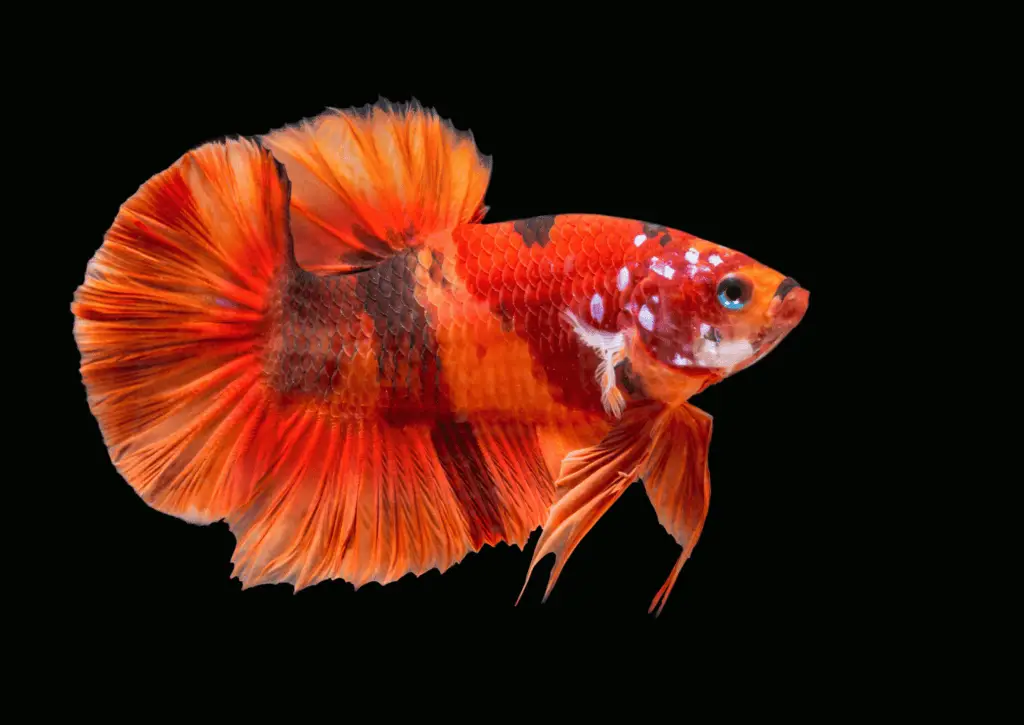
Conclusion
Betta fish types paint an enticing canvas that brings together the splendor of colors, the grace of movements, and the mystique of aquatic life. As you delve deeper into the world of Betas, each fish type unfolds a unique story of nature’s splendid design. Remember, while their exquisite beauty is enchanting, their care needs remain paramount. It’s our responsibility to ensure these aquatic gems continue their ballet in the best possible environments.
The next time you look into your Betta tank, think of it as an interactive kaleidoscope, each fish a vibrant puzzle piece contributing to an ever-changing panorama of life.
Frequently Asked Questions
1. How many types of Betta fish are there?
There are over 70 recognized types of Betta fish. These are categorized based on their colors, patterns, and tail types. Popular varieties include the Veil Tail, Crown Tail, Halfmoon, and Double Tail.
2. Which is the most popular type of Betta fish?
The Veil Tail (VT) Betta is one of the most common and popular types of Betta fish due to their widespread availability and affordable price. However, Halfmoon Bettas are also highly sought after for their striking tail spread.
3. Can different types of Betta fish live together?
Generally, it’s not recommended to house different Betta fish together, especially males, as they are known to be highly territorial and can exhibit aggressive behavior towards each other. However, in larger tanks with plenty of hiding spots, female Betta fish may cohabitate peacefully.
4. How can I identify the type of my Betta fish?
Identifying a Betta fish type involves observing its tail shape and color pattern. For instance, a Betta fish with a tail that forms a 180° spread when flared is a Halfmoon. Similarly, a Betta with two distinct tails is a Double Tail.
5. What’s the average lifespan of a Betta fish?
Betta fish typically live between 3-5 years in captivity. However, with proper care and a healthy environment, they can live up to 7 years.
6. What diet is best for Betta fish?
Betta fish are carnivorous. High-quality Betta-specific pellets or flakes, supplemented with occasional live or frozen foods such as daphnia, brine shrimp, or bloodworms, make an excellent diet.
7. How can I keep my Betta fish healthy?
To keep your Betta fish healthy, provide a suitable tank environment with a consistent, warm temperature and clean water. A balanced diet is crucial, and monitoring for any signs of illness will help ensure early intervention if your Betta gets sick.
